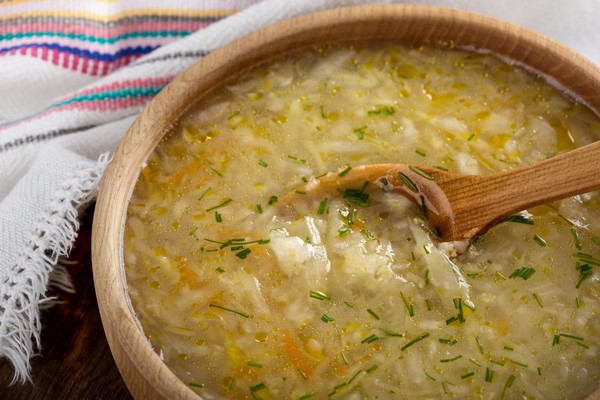Sauerkraut Juice - For fermenting sausages

Fermented cabbage, otherwise known as Sauerkraut is a great fermentation culture for making cured sausages such as Salami, Salumi and any other kind of fermented sausage.
Marthinus StrydomThe Story
In the olden days, before modern freeze-dried cultures, people used Sauerkraut juice to create flavor and reduce the Ph levels in the sausage curing. This ia an easy recipe to make your own starter culture. But hey, Sauerkraut is awesome on just about anything. It's not just the juice we're after. We eat the sauerkraut! By the way, Sauerkraut actually originated in China!

Subscripe to my Facebook page.
Subscripe to my Youtube channel.
© All recipes are copyright protected by TheCultureCook.com unless the recipe was adapated from another source. All recipes are uniquely crafted and adapted by TheCultureCook.com. Copyright of some or all of the text reside with the original author.
Ingredients
Method
-
Ensure cleanliness - Start by washing the mason jar, jelly jar, and your hands thoroughly to eliminate soap residue. This will provide a suitable environment for the beneficial bacteria during fermentation.
-
Slice the cabbage - Remove the outer wilted leaves and trim the core. Cut the cabbage into eight thin ribbons by slicing each quarter down its length and then crosswise.
-
Mix the cabbage and salt - Transfer the cabbage to a large bowl and sprinkle salt over it. Massage and squeeze the cabbage with your hands to distribute the salt evenly. Continue for 5 to 10 minutes until the cabbage becomes watery and limp. You can add caraway seeds for flavor at this stage.
-
Fill the jar - Using a canning funnel (if available), pack the cabbage into the mason jar by grabbing handfuls of the cabbage. Tamp down the cabbage occasionally. Pour any liquid released during the massaging process into the jar. You can place a large outer cabbage leaf over the surface to help keep the cabbage submerged.
-
Weigh down the cabbage - Place the smaller jelly jar inside the mason jar to weigh down the cabbage and secure it with clean stones or marbles.
-
Cover the jar - Cover the mouth of the mason jar with a cloth and secure it with a rubber band or twine to allow air flow while keeping out dust and insects.
-
Press the cabbage - Over the next 24 hours, press down on the cabbage with the jelly jar periodically. As the cabbage releases its liquid, it will become more compact and the liquid will rise.
-
Add more liquid if needed - If after 24 hours the liquid has not risen above the cabbage, add enough of a solution made from 1 teaspoon of salt dissolved in 1 cup of water to submerge the cabbage.
-
Ferment - Keep the sauerkraut in a cool room with a temperature between 18 C (65°F) to 23 C (75°F) and away from direct sunlight. Check it daily and press down the cabbage if needed. As this is a small batch, it will ferment faster and be ready for tasting after 3 days. Keep fermenting until it reaches the desired taste, then remove the weight, screw on the cap, and refrigerate. You may see bubbles, foam, or white scum during fermentation, which are all signs of a healthy process. Skim off any mold that appears and make sure the cabbage is fully submerged.
-
Store - This sauerkraut will keep for at least 2 months in the refrigerator as long as it still tastes and smells good. You can transfer it to a smaller container for longer storage.
- To use in your fermented sausages, add about 1/4 cup of the juice to a 2kg batch of minced meat.
